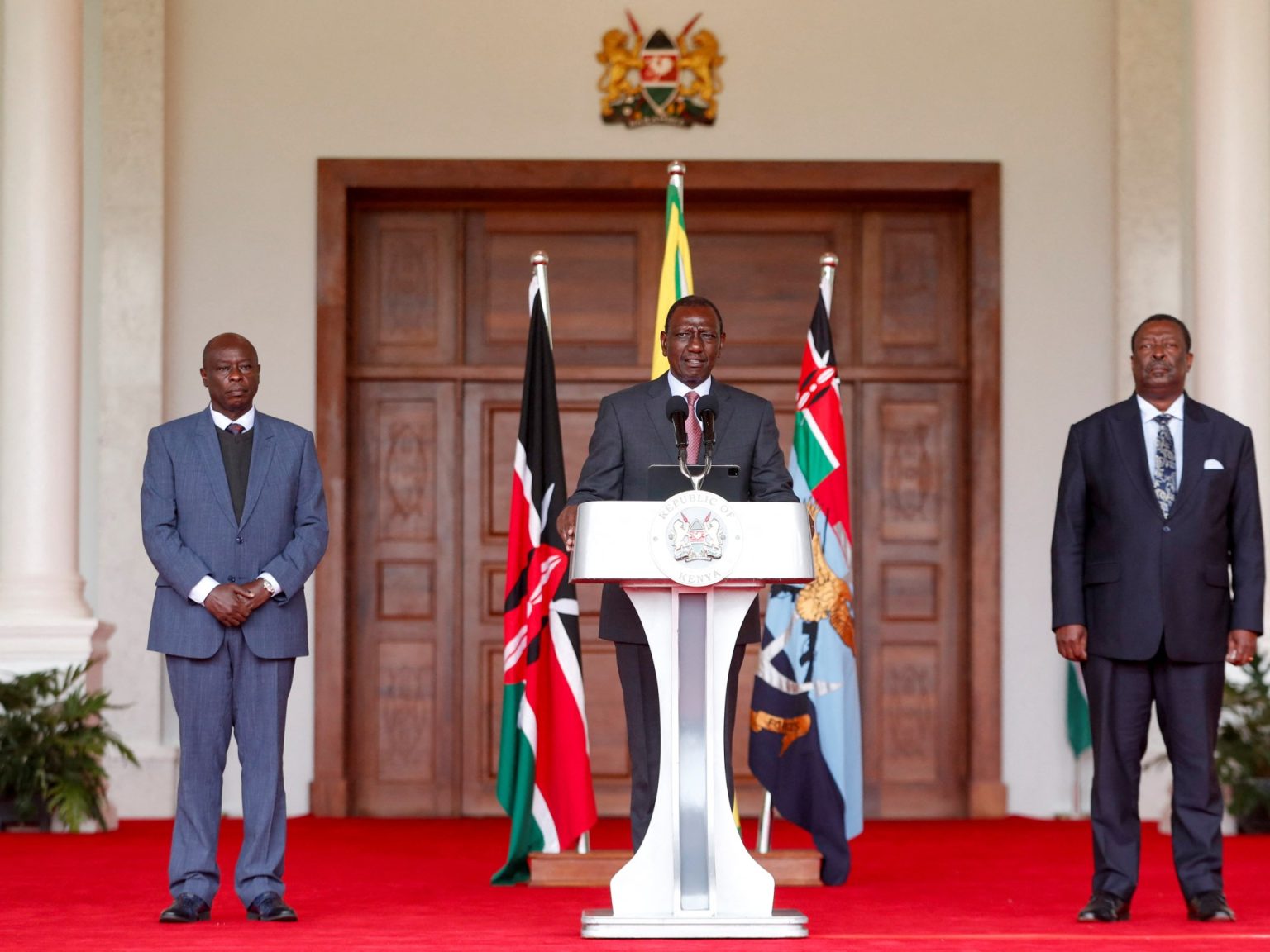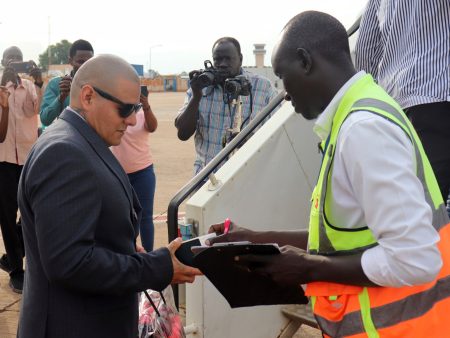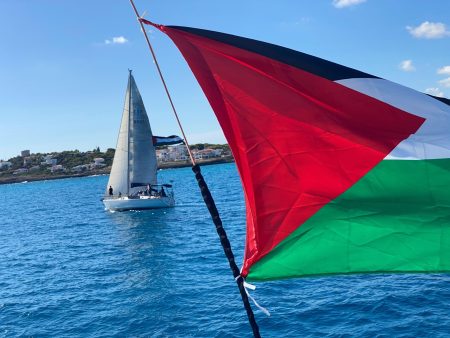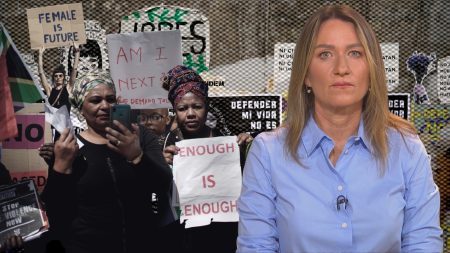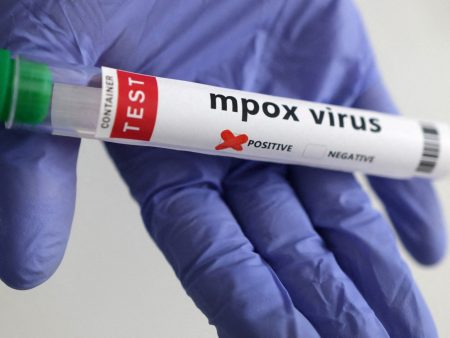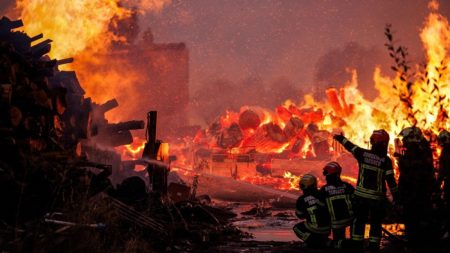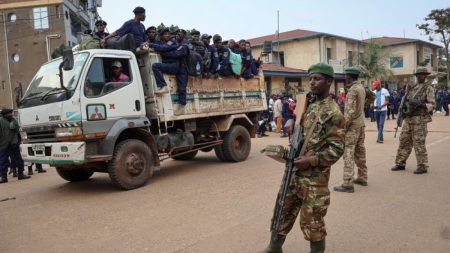Kenya’s President William Ruto appointed four members of the main opposition party to his new cabinet in an attempt to calm ongoing protests in the country. The protests began in response to planned tax hikes and have escalated, leading to a crackdown by authorities that resulted in over 50 deaths and hundreds of injuries. Ruto’s decision to form a new “broad-based” cabinet came after he dissolved the previous one in an effort to address the unrest.
The opposition figures appointed to the new cabinet are allies of Raila Odinga, whom Ruto defeated in the 2022 elections. John Mbadi Ngo’ongo will be leading the finance ministry, and James Opiyo Wandayi will serve as the energy minister. Ruto praised the leadership of various organizations for their willingness to set aside partisan interests and join a partnership for the transformation of Kenya. However, there has been backlash as most of the appointees announced so far were members of the disbanded cabinet, causing skepticism among the public.
The nominations for the new cabinet must be approved by parliament, which is controlled by Ruto’s allies with a slim majority. Despite Ruto’s hopes that the inclusion of opposition figures in the cabinet would ease tensions, many protesters, especially the youth, have expressed opposition to a unity government. They believe that a deal between the rival camps would only perpetuate the tradition of co-opting the opposition with jobs and perks while the population does not see any real benefits.
The protests in Kenya have been well-organized online and have garnered support from a wide range of Kenyans across different ethnic and regional backgrounds. Demonstrators have criticized the entire political class for corruption and poor governance, demanding comprehensive reforms. Coalition allies of Odinga’s party had previously signaled that they would not participate in a unity government, raising uncertainty about their response to the nominations. Ruto also announced plans to propose amendments to anticorruption and public procurement laws as part of broader reforms.
Unrest in Kenya continues, with activists now calling on President Ruto to resign. Journalists have joined the protests, denouncing the government’s heavy-handed tactics to suppress media freedom, including attacks on journalists during demonstrations. They held rallies in various towns and cities, displaying placards with messages such as “Journalists lives matter” and “End the brutality.” The ongoing protests and unrest highlight the deep-seated grievances in Kenya around corruption, governance, and political representation that continue to fuel discontent among the populace.




